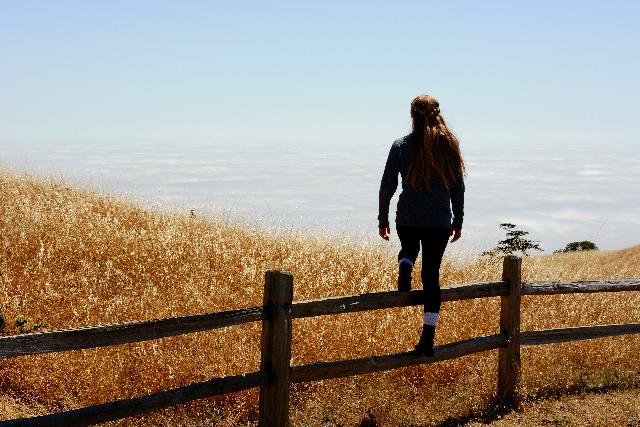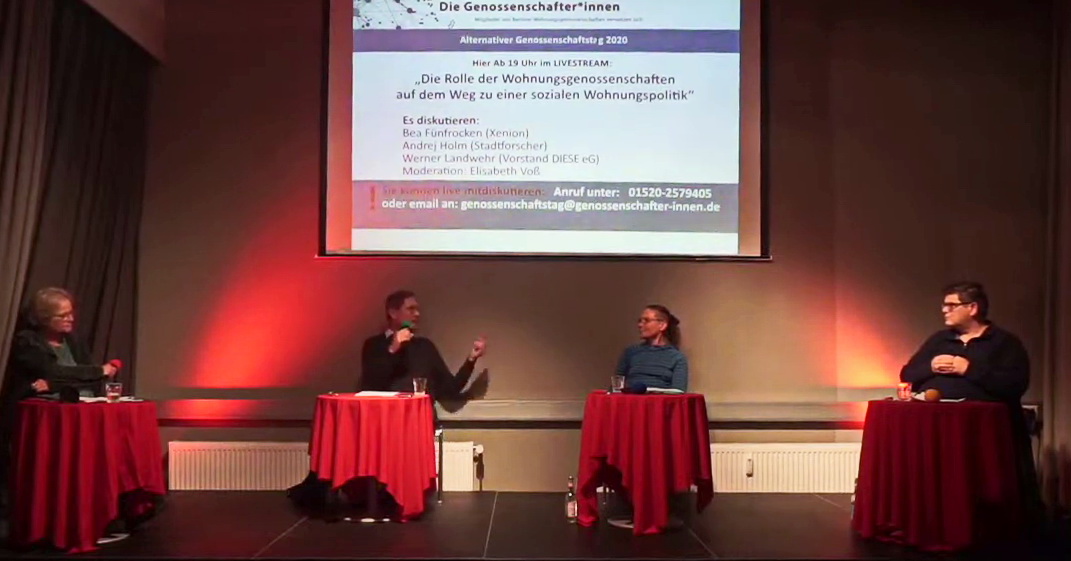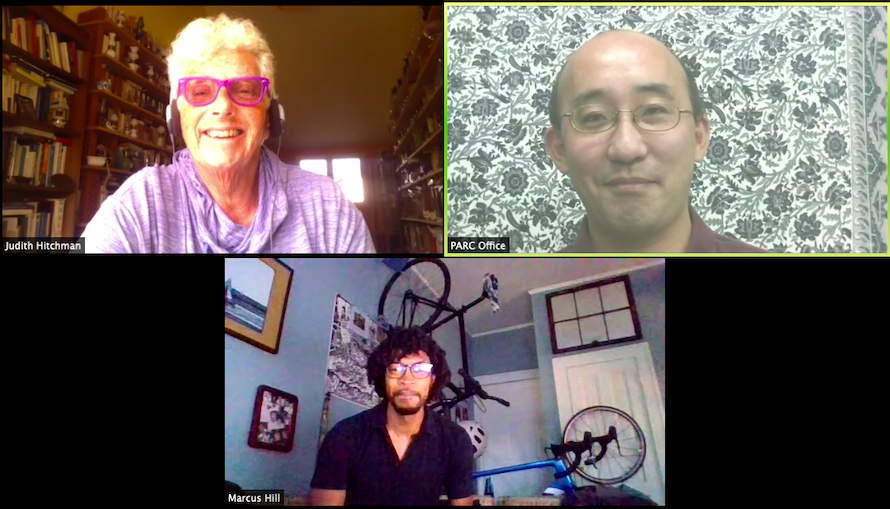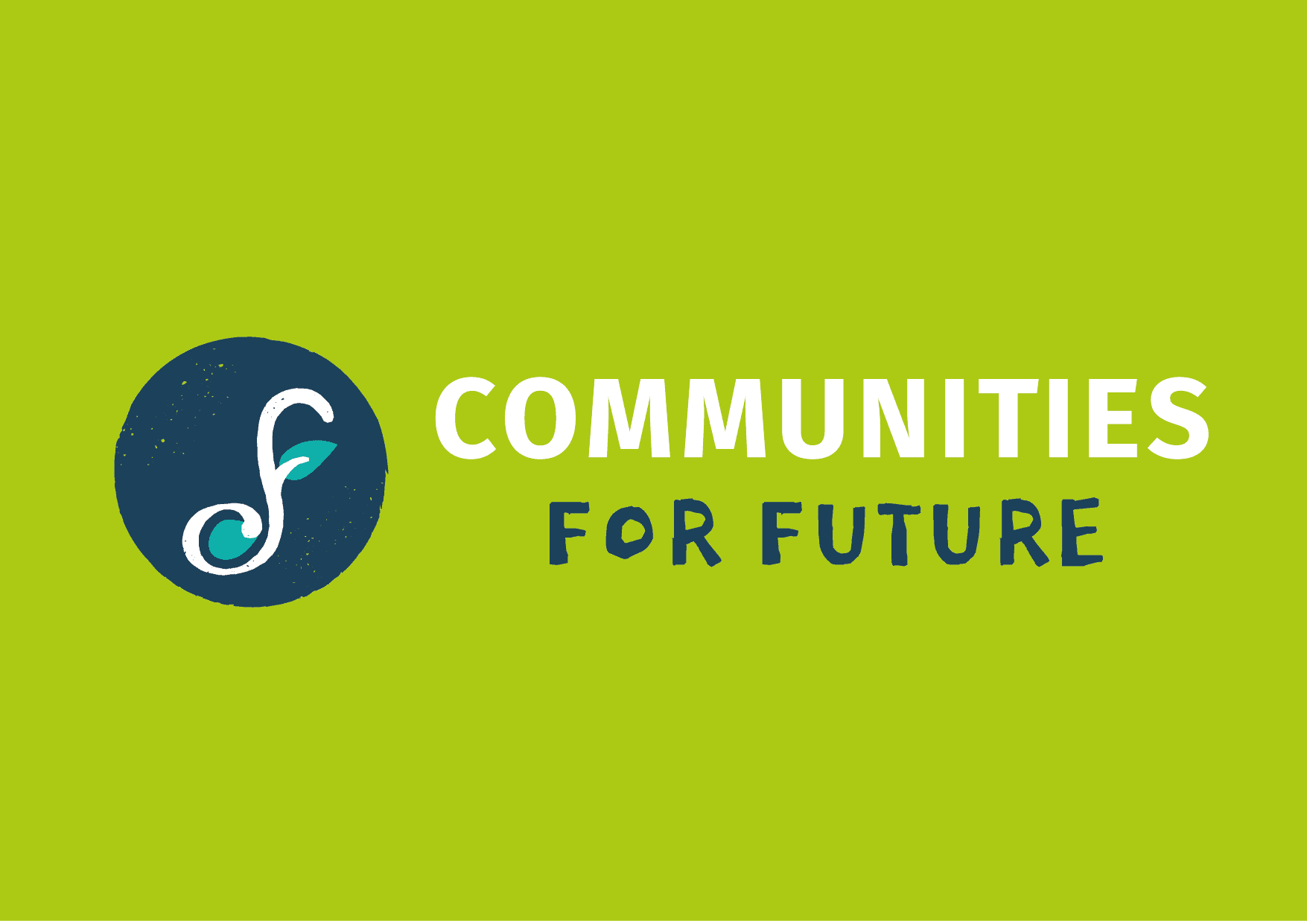Article of Urgenci
“Community”. Both Community Supported Agriculture (CSA) and Community Seed Banks (CSB) start with this word. This is no mere chance: they are both community-based solutions, relying on civic commitment.
Community Seed Banks (CSBs) are emerging as part of informal seed systems. Their goal is to counteract the loss of locally adapted crops through dynamic, collective management. Community Supported Agriculture groups (CSAs) are community-based alliances of producers and consumers, providing mutual support and sharing the risks and benefits of food production.
They look as if they were made to be combined. However, a study conducted within Dynaversity shows that the relationship between CSA and CSB is perhaps not as strong as expected, and that the actions combining both lack visibility. There is a slight feeling of a missed rendez-vous…
How to turn this missed rendezvous between CSA and CSB into a “happy ending love story”? Starting from this key question, a webinar was organized on the 15th of April, 2021, and the debate extended to related questions: are alternative food models like CSA fulfilling their promise of restoring farmers’ autonomy to cultivate their own seeds? How can CSA members play a more active part in the renewal and rebirth of diversity? How can Community Seed Banks embrace the CSAs’ mission and support their activities?
Three experts helped the participants to become familiar with the debate on Community-Supported Agriculture and Community Seed Banks.
- The first to speak was Véronique Chable, a Senior Scientist from the French Agronomic Institute INRAE, and the main author of the book “The seed of my plate: from the origins of agriculture and seeds to an invitation to change the world” (the link to order the book: https://www.editions-apogee.com/nature-environnement/622-la-graine-de-mon-assiette.html).
- She was followed by Pierre Besse, a CSA organic vegetable grower, a seed saver from South-West France, and co-author of several essays and articles on the issue of organic farming and CSA. Pierre Besse has been involved with URGENCI for many years now.
- Matthias Lorimer, the Secretary of the European Coordination Let’s Liberate Diversity (LLD), was also invited to be part of the panel. LLD focuses on enlarging and strengthening the European network of seed saving organisations.
The panel discussion was facilitated by URGENCI’s General Secretary, Jocelyn Parot.
The first question was directed to Véronique: “Why is it so important to preserve and renew agrobiodiversity? What are the current threats on cultivated biodiversity?”
“First of all, where does this question come from? When did we lose diversity in agriculture? There were two moments of drastic loss of agrobiodiversity.Agriculture begun some 10,000 years ago by the domestication of plants, animals and also micro-organisms: it was the first reduction of diversity in diets. Diversity was reduced again and drastically, with the industrialisation and globalisation of food systems and the loss of lots of species and diversity within crops during the 20th century. Losses of farmers’ seeds and know-how can be observed concomitantly with the generalisation of stable and uniform varieties on the market since the middle of the 20th century.
These changes generated some major changes, including the creation of a new job (plant breeder) and seed companies, the creation of new sciences: genetics and plant breeding, and the creation of new regulations for seed marketing.
What we are realizing now is that diversity is actually the key to healthy and sound ecosystems, and therefore a major factor in preserving the health of all living beings, as the pioneers of organic agriculture have been demonstrating for a century now.
Diversity is at the foundation of human cultures shaped by the environment. Therefore the conversion to organic calls for agricultural and cultural mutations. Parts of crop diversity have been conserved in gene banks all over the world, mainly in research centres or public organisations, under the umbrella concept of genetic resources.
For nearly three decades, farmers and gardeners have been organising networks to collect and multiply landraces and samples from gene banks, to exchange seeds and to recover knowledge on on-farm plant selection and seed multiplication.
The loss of diversity has been observed at two levels, with the direct result of reducing the resilience of crop and food systems. First, the number of cultivated species has decreased dramatically. Of a total of 250,000 plant species identified today, at least 7,000 have been cultivated throughout the history of humankind. Currently, 75% of the world’s food currently comes from only 12 plant species and 6 animal species, and 60% of the total global calorie intake is based on only three plant species: rice, wheat and corn. Second, there is a deep dynamic of uniformization of the crops, with a focus on varieties that meet the DUS criteria (Distinction, Uniformity, Stability). Modern varieties are mainly pure lines, F1 hybrids or clones.
Homogeneous cropping systems are more susceptible to diseases even if geneticists are trying to create and introduce new resistant traits in the crop that justify the need for biotechnologies, which are not auhtorised in organic agriculture.
Diversity is coming back however, thanks to the development of organic agriculture and the commitment of the organic actors, mainly farmers. These actors are trying to restore or invent more complex cropping systems (intercropping, agroforestry, permaculture…etc.). They have been engaging in on-farm plant breeding and participatory plant breeding for more than 20 years, to find a solution to the lack of organic seeds, and to develop plant populations that adapt to every environment.
The new European organic regulation 2018/848/EU includes a new kind of variety, the Organic Heterogeneous Material, which might provide some new possibilities to encourage the current change, even if the word “material” chosen by the lawyer is completely unsuitable because the foundation of the organic movement is “life”.
The second question asked by Jocelyn Parot was directed to Pierre Besse: “In this landscape, there are several types of actors. We are going to try to see how they interact and how their connections could be strengthened in the future. The day after tomorrow, the 17th of April, will be the International Day of Peasant Struggles, commemorated each year by La Via Campesina, the union of peasant farmers’ movements. This brings us to reflect on the role of farmers to keep and renew cultivated biodiversity. Pierre, as a organic peasant farmer, could you please tell us what the role of peasant farmers like you is, and how CSA can help you, as a vegetable grower to respond to the challenges highlighted in this webinar ?”
Pierre Besse: “The Community Supported Agriculture movement is an expression of the return of the agricultural and food issue to the heart of popular culture, as a central political issue. It shows consumers’ concern for food quality and safety, but also their commitment to a peasant agricultural model, based on a multitude of small, ecological, artisanal, family and community-based local production units. These farms are technically and financially self-sufficient and closely linked to their natural and social environment. In the future, this option may disappear or remain a marginal phenomenon, or it may become the axis of a new economic and political model. In that case, the basic needs of humanity would be covered without having to resort to industry. a large fraction of the population would enjoy a recognised right of access to the natural resources necessary for agricultural production.
These resources are land, know-how, water, often a little capital, a form of trust by society in the project, and seeds, both plant and animal.
For farmers, moving beyond dependence on the industrial system and being freed from permanent stress requires sufficient economic security that can be provided by the relationship with consumers in the framework of a CSA. For me, this is how it happened: it was from the moment I found myself a producer in an AMAP (the French name for CSA) that I was able to complete a process of autonomy. I abandoned tillage and machinery. My wife and I were able to devote ourselves to reproducing the seeds. Our no-tillage and manual system allows us to leave seedlings all over the garden, without any inconvenience: there is no need to cultivate a separate plot for the seeds. On the other hand, as we only produce seeds for our own needs (or to exchange small quantities with our colleagues), we are not bound by standards of varietal purity or perfect seed cleaning: technically, it is easier to sort our seeds, and a small rate of “undesirable” cross-breeding is not a problem”.
Later in the webinar, Matthias Lorimer presented the organization he is coordinating, Let’s Liberate Diversity, as well as Community Seed Banks. The European Coordination Let’s Liberate Diversity! (EC-LLD) is an international, non-profit, Belgium/Italy-based organisation created in 2012, to address the main challenge of encouraging, developing and promoting the dynamic management of cultivated biodiversity on farms and gardens.
The 15 members (from 13 countries) share the same concern that our food systems are too uniform, that promoting biodiversity is the key for achieving food sovereignty, that diversification can be achieved by linking the work of different actors involved, and by supporting and promoting their knowledge and actions associated with cultivated biodiversity. Each of these organizations is composed of either individuals, like the Norwegian or Swiss networks that are composed of thousands of people, or other organizations/networks (like RSP or RSR).
As explained by Matthias Lorimer, “at the moment in Europe there is a lack of organization connecting all these seed diversity realities. In fact, during the DYNAVERSITY project, mapping work was carried out, and they have been invited to meetings and general Assemblies. During the project, many national groups have applied for Let’s Liberate Diversity! Membership. All these organisations, made up of people, believe that biodiversity should be used in the field and that everyone can do their part. Seeds should not be locked up in cold storage in germplasm banks (that doesn’t have money to reproduce them”.
The Members share the same concern that our food systems are too uniform, that promoting biodiversity is the key for achieving food sovereignty.
Matthias Lorimer stressed that, “In order to achieve this vision, it is essential to have a platform that promotes the exchange and sharing of experiences, points of views and policies”. He also presented the various tools developed by LLD: Let’s Cultivate diversity campaigns, webinars and Seed policy labs. Let’s Liberate Diversity! forums, for example, are targeted at the general public, with the concept of exchanges across countries. These forums are generally organized in major European cities.
The historical journey of LLD began as early as 2005 in an informal way and every year these organisations have worked together to carry out an action for agricultural biodiversity. It was only in 2012 that the network was formalised. During the forums, which last 3-4 days, various activities are organised to raise citizens’ awareness and show the diversity that is being lost, but also to organise high profile content workshops with different actors. There are also seed exchanges aimed at keeping agrobiodiversity alive.
Monthly Seed Policy Dialogues take place and led by the lawyer, Fulya Batur.
Let’s Cultivate Diversity meetings are targeted at farmers, processors and practitioners with the aim of sharing their knowledge around crops and processing. Usually organized on a farm, they bring narrative and knowledge exchange into the field, and seminars are organised on how to process this diversity and also to taste it. To date, this work has only been done on cereals, but the intention is to open it up to all crops.
3 handbooks have been published to help create other initiatives at the European level within Dynaversity. They contain a lot of information about Community Seed Banks. How to start and organise them, but also how to structure the databases and finally how to access seeds. ”In fact, this issue of access is a delicate one, and in this manual 3, which is still to be published, all the possible options to achieve this agrobiodiversity are addressed (from genebanks, farmers, and seed companies)”, Matthias Lorimer concluded.
Once he had presented LLD, Matthias Lorimer also introduced the Community Seed Banks (CSB). Founded in the early 1980s in various parts of the world and in Europe, CSB are mostly articulated around seed savers’, gardeners’ and farmers’ networks. Their original missions are to maintain and develop agrobiodiversity, to enhance access to seeds and plants adapted to local conditions, to provide training and awareness-raising activities, and contribute to sustainable agriculture and food sovereignty.
Their modes of action are diversified: marketing of local variety-based food items, establishment of diversity blocks, seed production and “marketing”, diversity deployment through diversity kit, participatory plant breeding and landrace enhancement. They seem to share a common ground with the Community Supported Agriculture movement: the commitment of citizens and social actors for a different food and seed system.
Matthias Lorimer also mentioned the work conducted by Arche Noah in the framework of the future seeds marketing reform in the European Union. These efforts resulted in joint letter to the European Commission, signed by a coalition led by the European Coordination Via Campesina and Let’s Liberate Diversity, for a Common vision for cultivated plant diversity (https://liberatediversity.org/joint-letter-to-the-european-commission-a-common-vision-for-cultivated-plant-diversity/). The coalition is representing “seed savers, gardeners, farmers, breeders, seed suppliers, food producers, and
civil society organisations that value and work with the genetic diversity of cultivated plants”. They identify themselves as users, developers and producers of cultivated plant diversity, which they define as the “diversity of species, varieties, and the genetic diversity within them, and the traditional knowledge associated with their cultivation and use”. They ask for a change in the “existing rules for the production and marketing of seeds, which favour uniformity and short-term productivity at the expense of cultivated plant diversity, the environment, and the diversity of actors developing seeds and making them available”. They ask for a change to make the European rules more respectful of the right to seeds grounded in international law, in particular the United Nations Declaration on the Rights of Peasants and Other People Working in Rural Areas (UNDROP) and the International Treaty on Plant Genetic Resources for Food and Agriculture (ITPGRFA). They also question the division of actors in categories they deem artificial of “users” and “producers” of seeds.
Once Matthias Lorimer had introduced the definition of Community Seed Banks, Jocelyn Parot addressed the following question to Pierre Besse: “Based on your own concrete experience as a CSA farmer also involved in seed saving, what kind of relationship can be built between CSB and CSA? Beyond this question: how to involve consumers in the topic? What kind of joint actions can consumers take?”
Pierre Besse: “I believe that the initiative should remain largely with the farmers. I would feel uncomfortable with guidelines for the use of “peasant” varieties that would be issued by AMAPs or AMAP networks (or any other bureaucratic authority) and imposed on farmers from outside.
I believe that the movement as a whole, must trust the farmers: they are largely in favor of a massive return to “ancient” varieties, and young people are very sensitive to the issue of seed autonomy. The networks can take any kind of initiative to promote local varieties (e.g. the initiative of the Rhone-Alpes AMAP network) and to communicate with the public, but they should avoid being too demanding or prescriptive towards the farmers.
After a century of forced “modernisation” of agriculture, farmers have lost confidence in themselves, they have focused on production and have allowed themselves to be dispossessed of their prerogatives in all matters relating to reproduction. They often feel incapable of producing quality seeds. The organic farming movement has largely neglected this aspect of the business: it has been content to define ‘organic’ seed as having been grown according to organic rules in the last growing season, without worrying about the selection methods applied by the industry before this last season. As a result, F1 hybrids and among them hidden GMOs have penetrated organic production, especially among vegetable growers. If the representative organisations of the CSA were to intervene, it is perhaps more to engage with the organic organisations such as in France the National Federation of Organic Agriculture (Fédération nationale de l’Agriculture biologique, FNAB) and Nature & Progrès. Personally, as an AMAP vegetable grower and certified organic farmer, I would probably have a hard time with an AMAP network forcing me to use at least 50% “peasant seeds”, for example, but I would be very happy if the specifications of the organic label prohibited F1 hybrids (at least hidden GMOs) as not conforming to the basic principle laid down in all organic charters, according to which, in essence, the selection of cultivated plants is based on methods that respect the integrity of living organisms”
Veronique Chable had the opportunity to present her vision of the role of researchers as far as agrobiodiversity issues are concerned: “Participatory research in a multi-actor approach (as it is called at the European level in the Horizon 2020 framework programme) invites researchers and stakeholders to share the same objectives and complementary means in the research projects. This type of research is not only based on the expertise (agronomy, genetic, microbiology, sociology …) but on the skill to build links between fields of expertise including those of farmer/baker/end-user, to make reference to a social context, its history and perspective. Over and above the Community seed banks, we are a group of researchers who have been working with farmers for nearly 20 years to support progress in the organic sector (economically, technically and at the ethical level). Some of us are also part of CSBs and members of a CSA, and also trying to change the concept of research. We are all sharing knowledge and working to change the world, in order to increase the respect for life and human beings. We are not only calling on people to change the paradigm, we are already living and working with the values that we are promoting”.
Useful Links
You can watch the recording on our YouTube channel here/Vous trouverez l’enregistrement sur notre chaîne YouTube: https://bit.ly/3twVM5D
The study on CSA and cultivated biodiversity is available on the project’s website: http://dynaversity.eu/publications/














